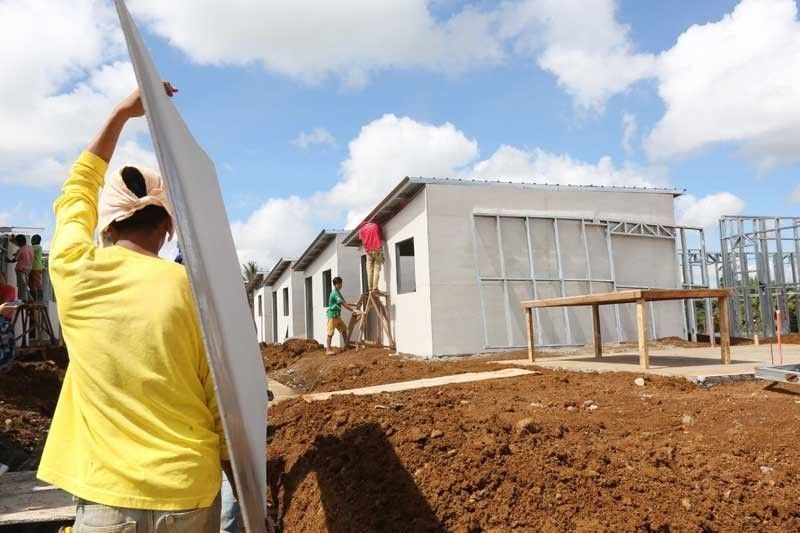Housing prices stabilize in Q1

After sharp climb in end-2017
MANILA, Philippines — The rise in housing prices eased in the first quarter of the year after a sharp climb in the fourth quarter last year despite the double-digit rise in the price of townhouses, the Bangko Sentral ng Pilipinas (BSP) reported over the weekend.
The central bank’s residential real estate price index (RREPI) inched up 2.1 percent to 116.3 in the first quarter from 113.9 percent a year ago.
RREPI measures the average change in prices of various types of housing units comprising of single-detached/attached house, duplex, townhouse and condominium unit based on data from housing loans granted by universal, commercial and thrift banks.
The survey showed prices of single-detached housing units slipped 0.6 percent, while prices of townhouses and condominium units went up 13.8 percent and two percent, respectively.
Costs to acquire homes grew faster at 2.7 percent in the National Capital Region (NCR) as higher growth in prices of condominium units, townhouses and duplexes offset the decline in prices of single-detached houses.
On the other hand, the average residential property prices in areas outside NCR inched up 0.9 percent compared to year-ago prices as higher increase in prices of townhouses and duplexes outweighed the decrease in prices of single detached houses and condominium units.
The BSP said about seven in 10 or 73.5 percent of residential real estate loans were for the purchase of new housing units in the first quarter.
By type of housing unit, 48.9 percent of residential property loans were for the acquisition of condominium units, followed by single-detached units with 43.2 percent, and townhouses with 7.6 percent.
By area, condominium units were the most common house purchases in NCR, while single-detached houses were prevalent in areas outside the region.
NCR accounted for 48.3 percent of the total number of residential real estate loans granted during the quarter, followed by CALABARZON with 25.5 percent, Central Luzon with 7.1 percent, Central Visayas with 5.5 percent, Western Visayas with 4.3 percent, Davao Region with 3.2 percent, and Northern Mindanao with 1.8 percent.
Last September, the BSP placed the real estate and project finance exposures of Philippine banks under tight watch after debt watchers and multilateral lending agencies have raised the red flag over the possible overheating in the economy.
The BSP’s Monetary Board has approved enhancements to the prudential reporting requirements in order to strengthen oversight of banks’ real estate and project finance exposures.
The reportorial enhancements form part of BSP’s macroprudential toolkit and are being deployed to sharpen the BSP’s assessment of banking system exposures to the property sector.
Under the new guidelines, covered banks should report granular information on their real estate loans to mid- and high-end housing units, in addition to socialized and low-cost housing.
Moreover, covered banks are now required to report commercial real estate loans as to the underlying commercial project being financed such as residential units, office buildings, malls and factory or plant facilities.
- Latest
- Trending































